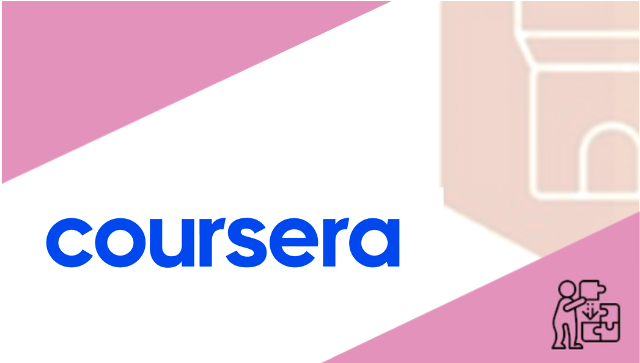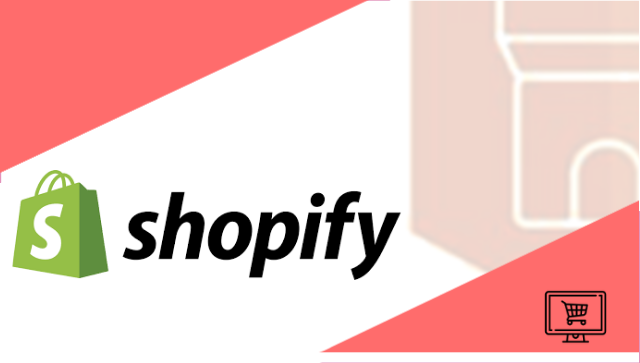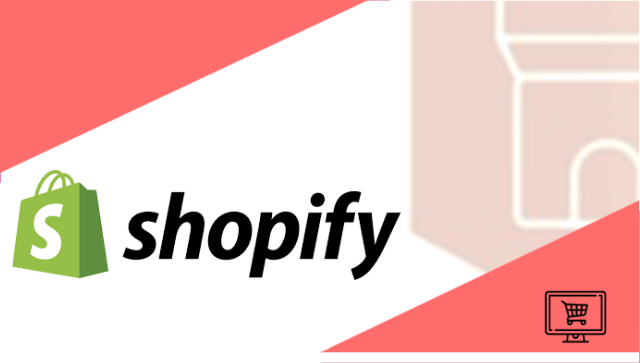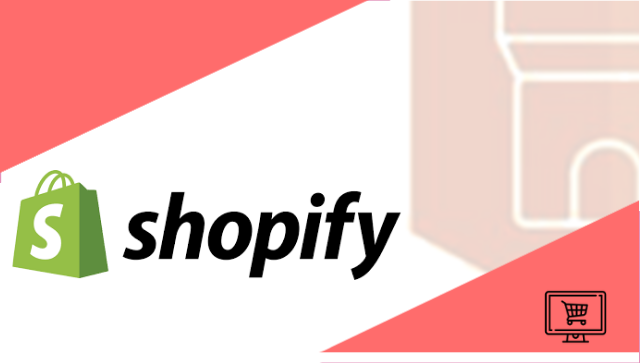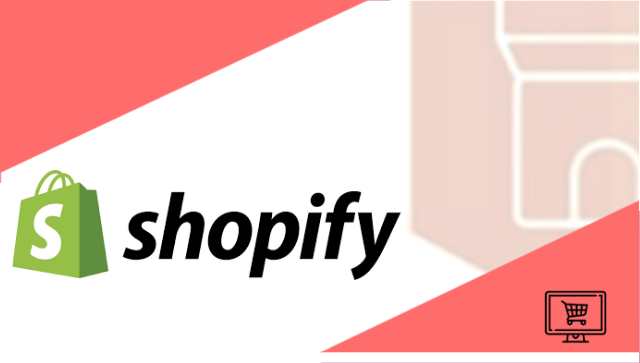JOB - Shopify Developer JR
ICT Sviluppo per conto di una Startup Ecommerce italiana sta cercando uno SHOPIFY DEVELOPER JUNIOR da inserire nei propri ranghi.
In questo cluster sono indicate le Certificazioni e i Corsi che l'azienda ritiene fondamentali per il proseguo del processo di candidatura:
Chi è interessato dovrà quindi iscriversi al Cluster, completarlo rapidamente ed inviare una mail a andrea.alfieri@guilds42.com
In bocca al lupo!
Iscriviti al cluster
Sei iscritto al cluster
Al momento hai
0
certificazioni
0
0
0
0
0
0
0
0

